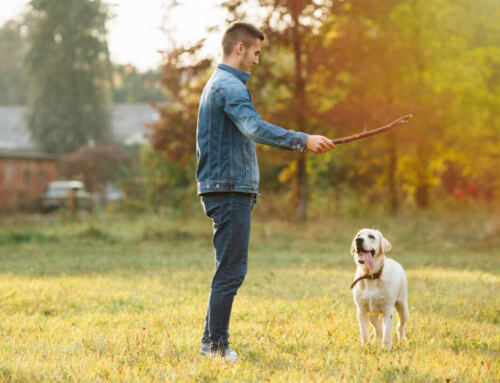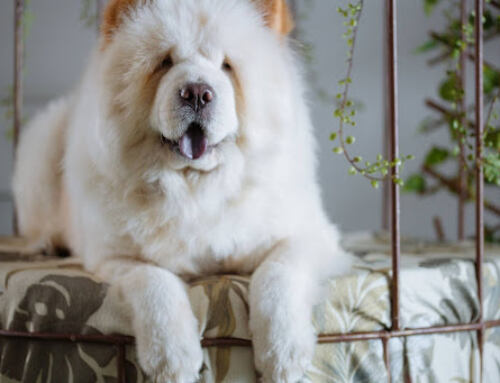Like human intelligence, canine intelligence can take many forms. And while dedicated owners can bring out the best in any breed, there are invariable truths about your pet’s innate attributes. It’s likely that a dog raised for hunting, herding, or retrieving would be alert, active, and eager to please you. Learning rates will increase. Breeding for guarding cattle or tracking scents can make a dog look absentminded and dense.
Although some Best Dog Breeds That Don’t Shed may be naturally more agile than others, experts agree that all dogs can be taught the basics of sitting and staying. It may simply take them more time to understand. Understanding your dog’s strengths and weaknesses and how to inspire them is essential. However, it’s important to keep in mind that highly intelligent dogs don’t always make good pets. To get the most out of your dog, you should choose a breed well suited to your way of life. Smartest dogs in smart dog ranking are as follow:
Border Collie
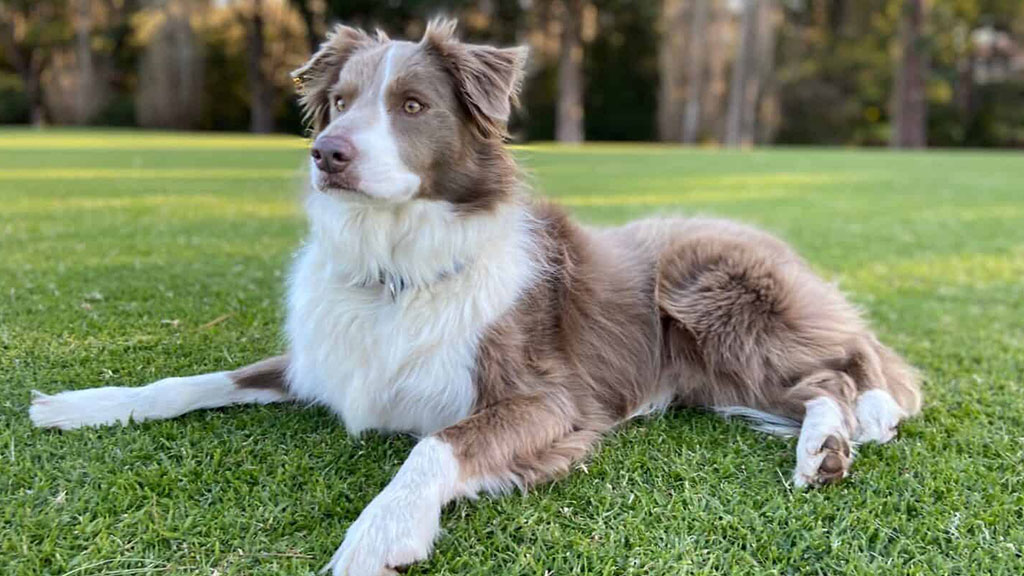
The Border collie is far and by the smartest dogs in the world in the Rarest Dog Breeds intelligence ranking. Although they are devoted to their owners and show a great deal of affection, they need a lot of attention and exercise. Medium-sized herding dogs, border collies are known for their boundless energy. They were originally bred to herd sheep in Scotland, and as a result, they exude boundless vitality, stamina, and focus. The American Kennel Club recommends that those who want to acquire a border collie be ready to provide their dog a lot of exercise and mental challenges.
It’s not far-fetched to assume that many dogs of this breed are experts at getting what they want from their owners, given how smart and communicative they are. This is why we consider the border collie to be the most intelligent breed of dog. These canines excel at agility and obedience events and have remarkable intelligence and resourcefulness. As a member of the herding group, the highly trainable Border Collie thrives on having a purpose in life. They are great companions for farmers and ranchers because of their limitless vitality and ability to labor for long periods without tiring. If their lives no longer require them to herd sheep, they can still find purpose in solving puzzles and participating in dog sports.
Poodle
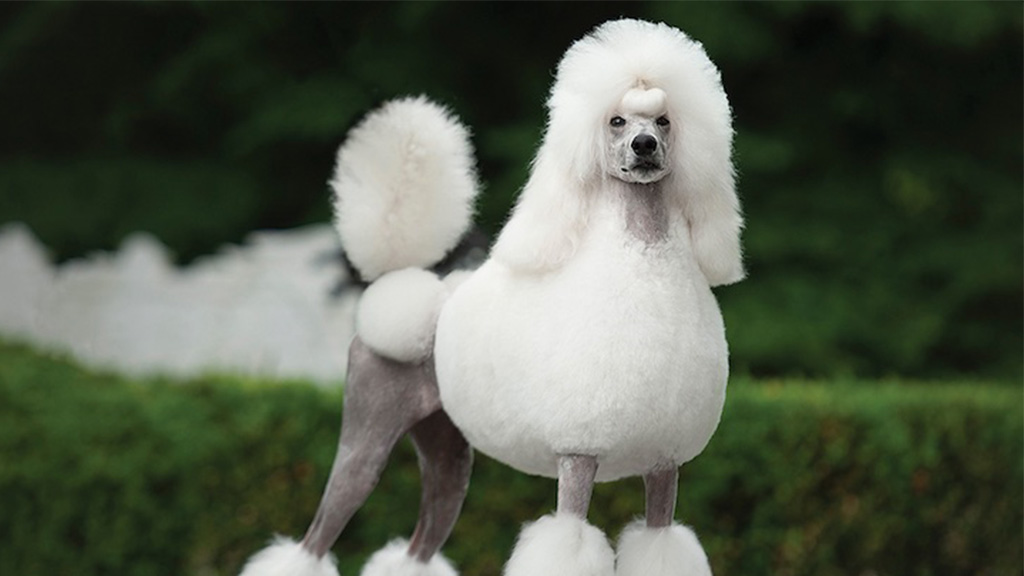
One of several classy French dog breeds, the poodle has a reputation for being demanding of its owners’ time and attention. (That wavy or curly hair won’t manage to look good on its own.) But don’t let it fool you into believing they’re any less bright than you are. The emotional and cognitive intelligence of the breed is highly regarded. In fact, the poodle is the second-smartest canine breed, according to Coren, after only the border collie.
The dogs may have an air of affluence about them, but they have also been used to transport supplies to troops in battle. Poodles, known for their intelligence, trainability, and intelligence, were the logical choice for a profession that demanded obedience, focus, and clear decision making. Poodles are very trainable, as noted by veterinarian Wendy Hauser, DVM, and they thrive on challenging activities like hunting, tracking, agility sports, and obedience exercises. In addition, the breed is known for its playful personality, propensity for tricks, and self-conscious cuteness. Not that we humans require any more encouragement to adore them. Poodles, whether toy or standard, are adorable and a ton of fun.
German Shepherd
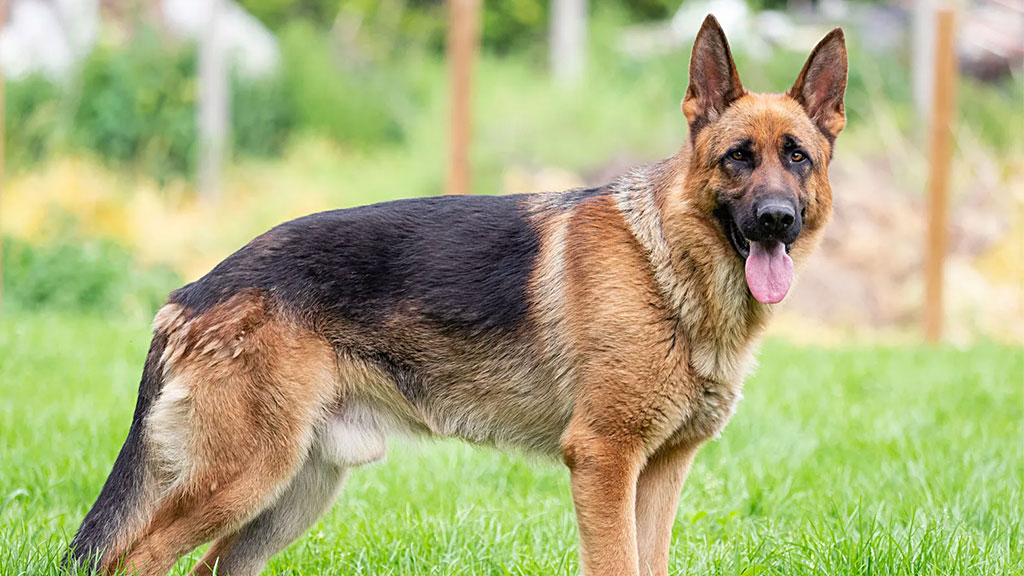
Due to their high IQ, high trainability, and high adaptability, German Shepherds are widely regarded as one of the most intelligent dog breeds in smart dog list. Their instincts for protecting flocks (thus the name “shepherd”) haven’t changed much in hundreds of years. The German Shepherd is a versatile and hardworking breed that, after years of experience solving problems in the field, continues to thrive in high-pressure occupations such as law enforcement, military service, and search and rescue. It’s no wonder that German Shepherds are so reliable in their obedience because they are so commonly used in law enforcement, as guide dogs, as medical assistance dogs, and even as therapy dogs.
Golden Retriever
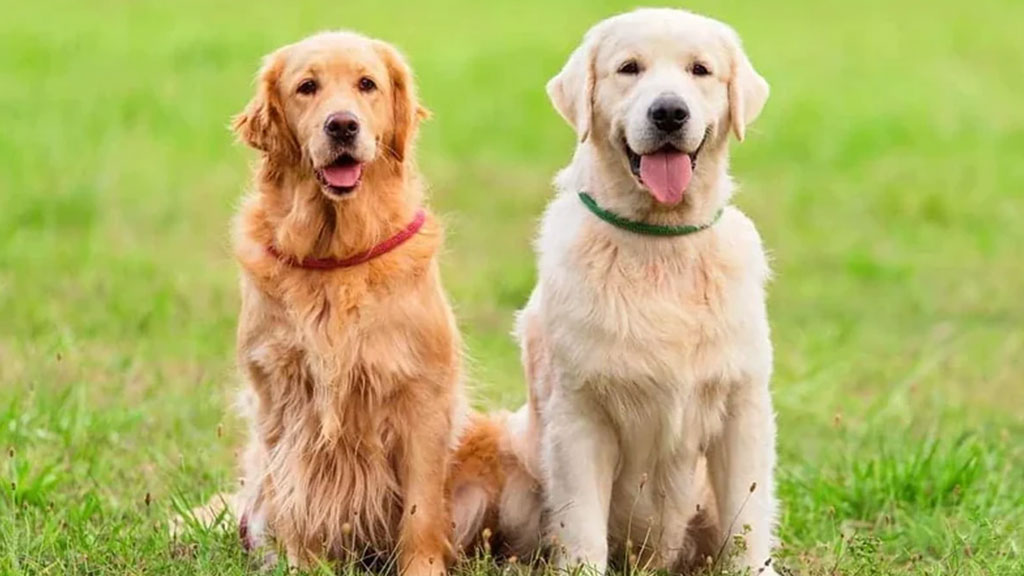
Golden Retrievers are highly trainable dogs with several potential careers, including hunting, retrieving, obedience, service, and therapy. These athletic dogs are known for their kind demeanor and high level of intelligence. With a pocket full of treats to inspire their food-motivated minds, they learn quickly and respond well to directions, making them easy to teach.
In the United States, Golden Retrievers are among the most popular breeds of dog because of their reputation for being devoted and loving family companions. They are great for first-time dog owners due to their calm disposition and willingness to please. One of the most popular pets in America also scored perfectly on this test of intelligence. While golden retrievers were developed for hunting, every owner can tell you that their pet occasionally displays classic goofy behavior.
Shetland Sheepdog
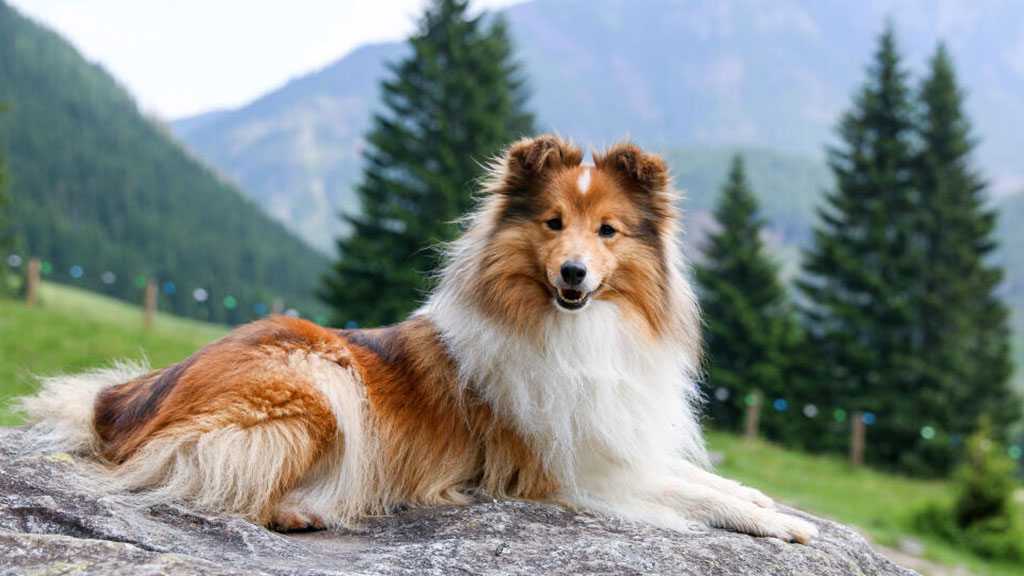
The Sheltie, which resembles the collie but is smaller, has been a dominating force in obedience competitions virtually from the moment they were officially recognized by the American Kennel Club in 1911. The Shetland sheepdog, like its close relative the collie, is an exceptionally bright breed due to its role in society. As herders, they were tasked with keeping track of a sizable herd of free-ranging animals over extended periods of time, often without any other human supervision. This has resulted in a petite, agile dog that is extremely perceptive and thrives when given a task.
Labrador Retriever
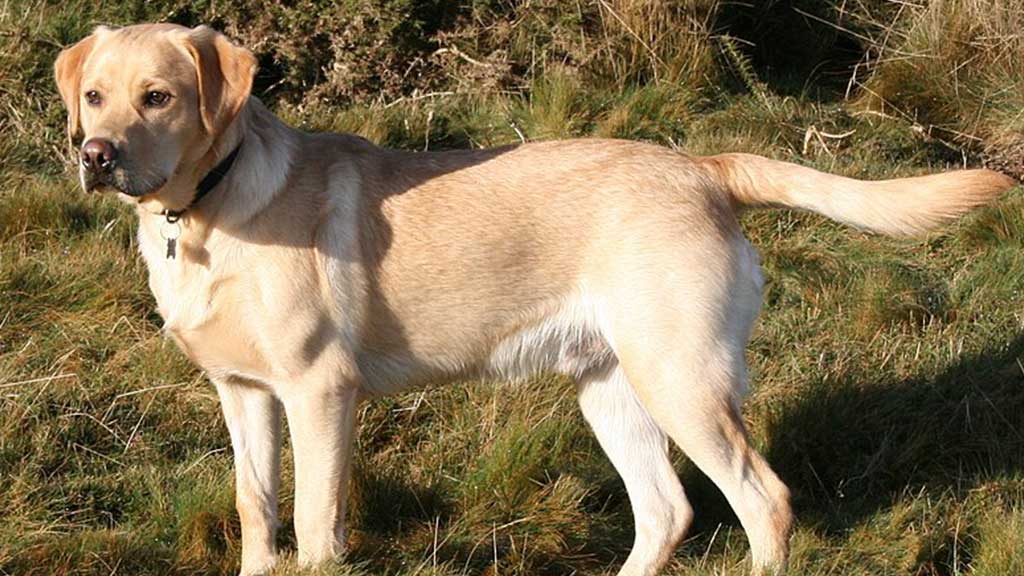
Not only are Labrador Retrievers some of the most sociable canines you’ll ever meet, but they’re also among the most intelligent. Instinctively alert and fast to learn, Labs have a history of working with their humans in the fields of hunting and retrieval. Labrador retrievers, obedience dogs, and service and therapy dogs can all produce top-tier champions with the right training.
They’re great with kids because they’re friendly and devoted pets for the whole family. Like Golden Retrievers, Labrador retrievers have a calm attitude and a strong desire to please their owners. Labs are eager to fulfill their roles as guide dogs, narcotics detection dogs, and household companions. And thus, for the past 27 years running, Americans have made them more popular than any other breed.
Schipperke
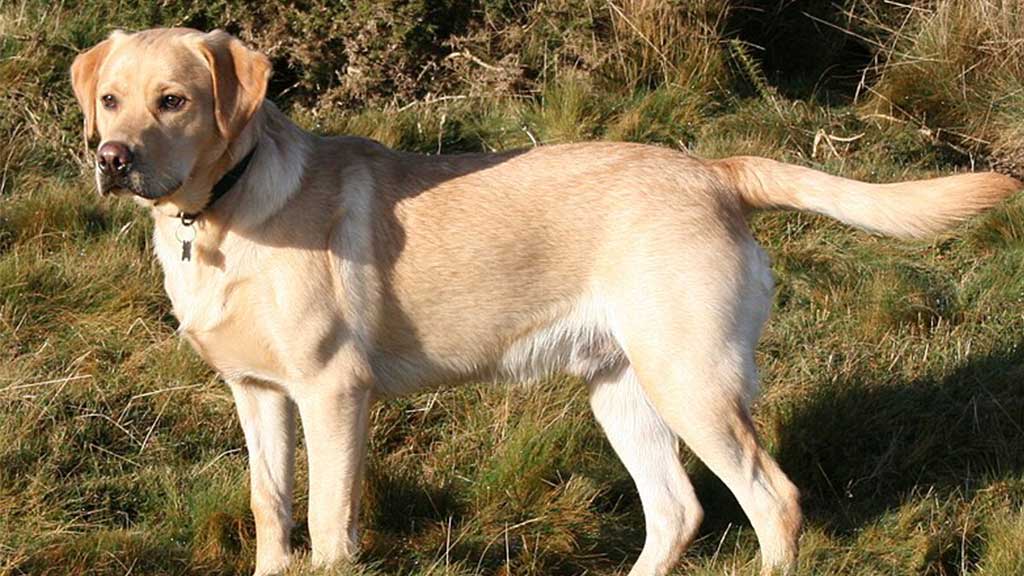
Despite their diminutive size, the alert Schipperke was initially developed for labor. Schipperkes today still enjoy having a purpose, as they did when they were used to kill rats and guard Belgian vessels. To ensure the health and happiness of these canines, a home with a fenced yard is ideal. Their intellect can be challenged with puzzle toys, and their obedience can be maintained with regular training. They’ve got a lot of pep in their step and a great deal of trainability. Even though they’re young, it’s vital to instill a sense of obedience in them as soon as possible.
Doberman Pinscher
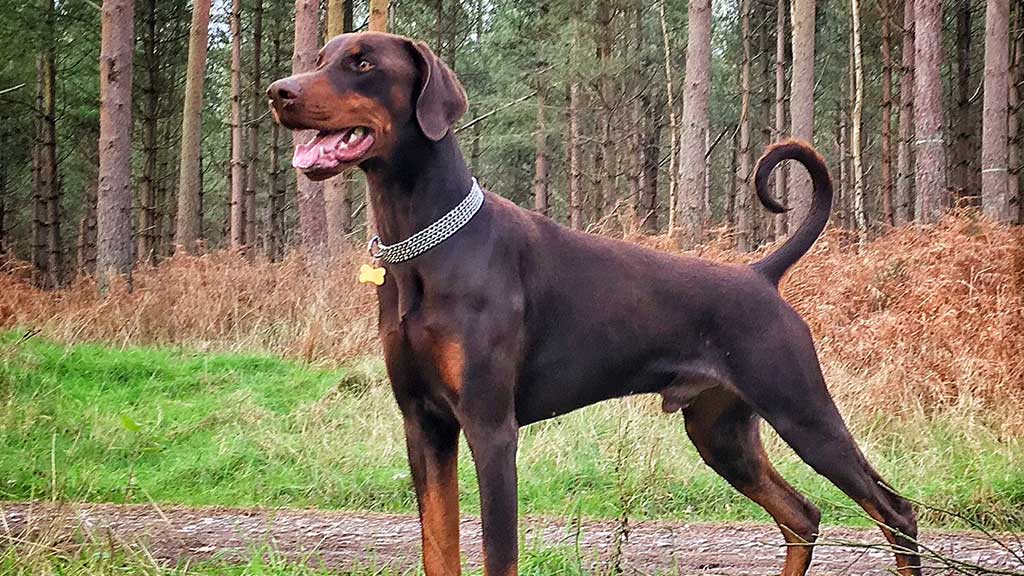
Doberman Pinschers are the epitome of elegance and power. The Doberman pinscher is a breed of dog known for its speed and bravery; it was developed in the 1890s by Louis Doberman, a German tax collector who wanted a dog that would make a nice friend as well as a formidable guard dog. Doberman finally got the breed he’d hoped for. As a result of their trainability, Dobermans became common in law enforcement and on the battlefield, however the breed has a negative connotation for being aggressive that is not always deserved. They are just as amenable to training for submission as they are for violence. This breed has the potential to become sociable, active, and loving family pets if raised with positive reinforcement as a puppy.
Papillon
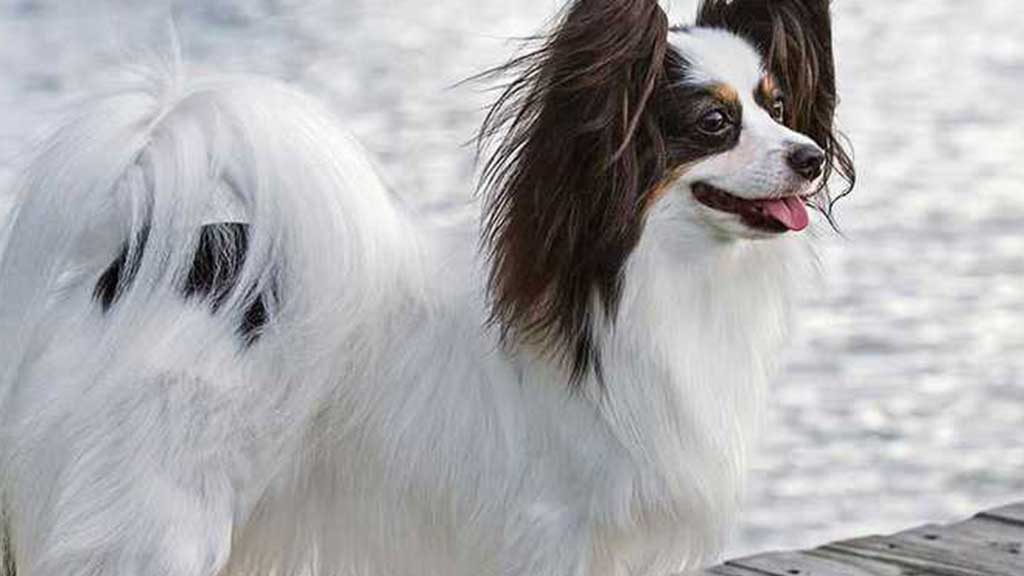
The French word for “butterfly” is “papillon,” and the Papillon is one of the few little canines to make the high-IQ list. Don’t be fooled by this dog’s cute, flimsy exterior; it’s just as athletic, resilient, and willing to work as any other dog on this list. The Papillon is a “toy” dog since their shoulder height is less than 10 inches (25.4 centimeters). They were a popular breed among European nobility, and can be seen in portraits of the nobility as early as the 16th century.
Papillons are incredibly adaptable for such a small dog, especially in the context of a family with young children, and this is true even if one takes into account their illustrious past as show dogs. Caratoots claims that Papillons, like Marie Antoinette, were closely associated with the royal family. These toy-sized canines are huge competitors and champions in dog sports and trick competitions. If you’re not an overly ambitious dog owner, you’ll be delighted to know that Papillons love to play in the rain, snow, or sun.
Rottweiler
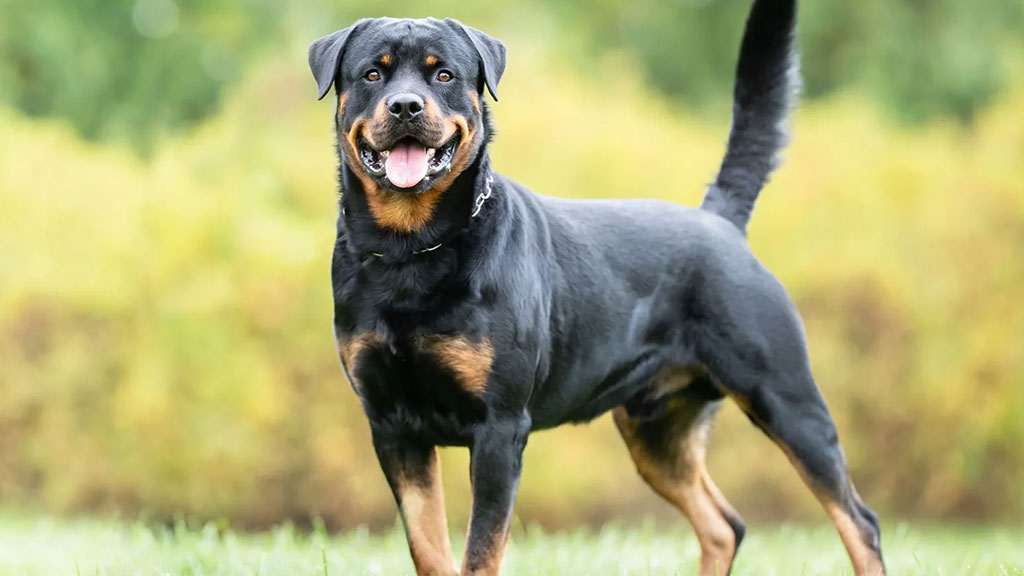
The earliest known mention of a dog is in ancient Rome, making Rottweilers one of the world’s oldest dog breeds. They have served as guard dogs, herders of livestock, police dogs, and even draft animals for pulling carts. The breed was named after the butchers who employed them to pull carts of meat to market in the medieval German city of Rottweil, from which they get their name. These canines are the ideal of a working dog; they are smart, loyal, and energetic; but, they also make wonderful companions.
Some find their silence unsettling, especially since they rarely make noise beyond the occasional warning bark. Rottweilers are an iconic breed of working dog, frequently serving in law enforcement and as guide dogs for the visually impaired. Dog Time claims that Rottweilers do best in calm, orderly settings with less roughhousing. There, they can develop into devoted pets and demonstrate all of their potential as smart, caring beings.
Dimensions of Dog Intelligence
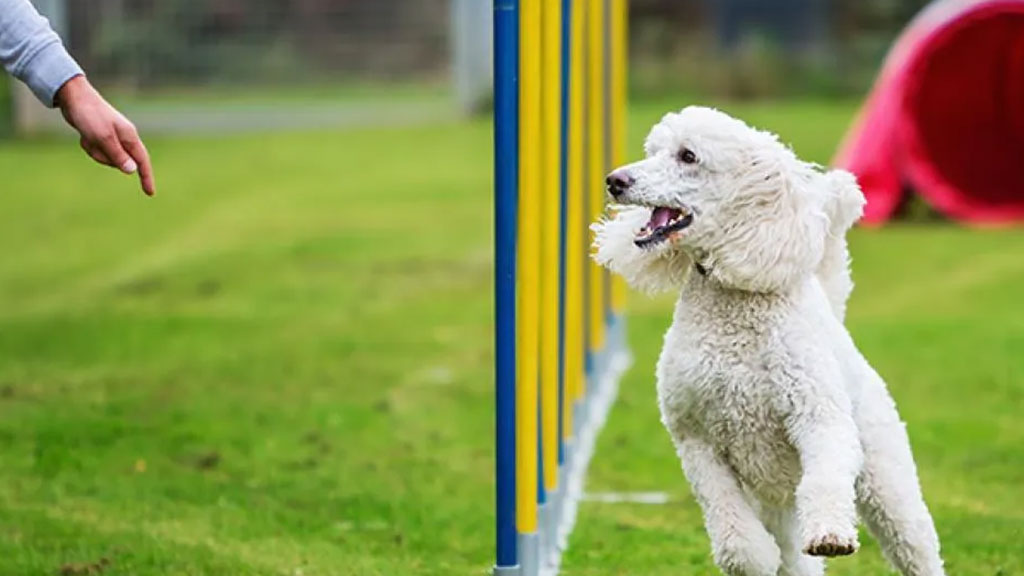
When ranking breeds, Stanley Coren focused on working and obedience intelligence because it is more straightforward to do so. It’s the only scientifically valid method for determining a dog’s intelligence. Intelligence that is both innate and adaptive is more open to interpretation.
Instinctive Dog Intelligence
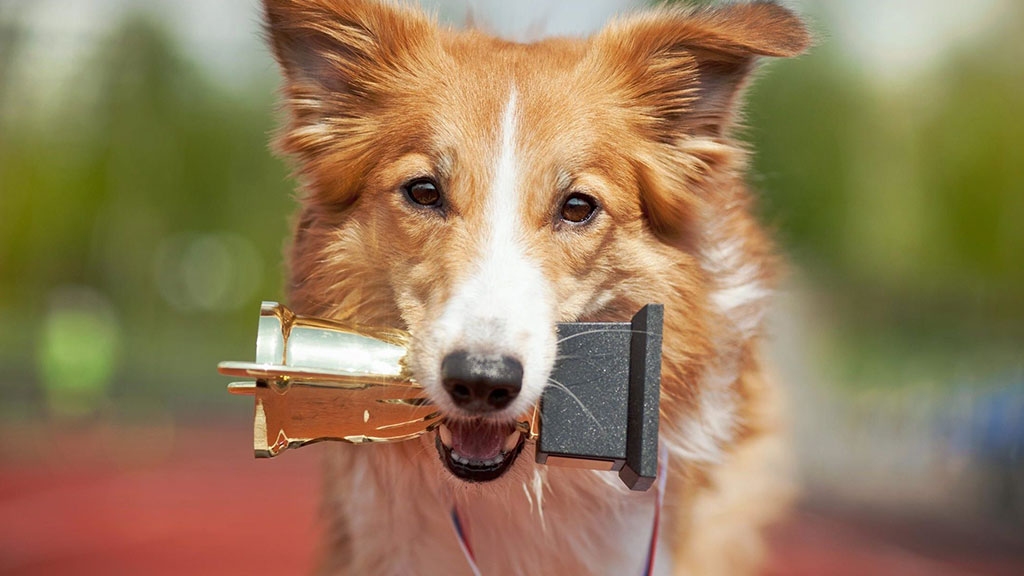
When we talk about a dog’s “instinctive intelligence,” we’re referring to his or her natural talent or skill. What the dog is best at, in other words. Dogs were originally bred for service in society, not as companion animals for the home.
Adaptive Intelligence in Dogs
Adaptive intelligence, or the dog’s capacity for independent learning, is the third facet of canine intelligence. I think this is crucial to a dog’s intelligence. The problem is that it’s really hard to quantify.
Emotional Intelligence in Dogs
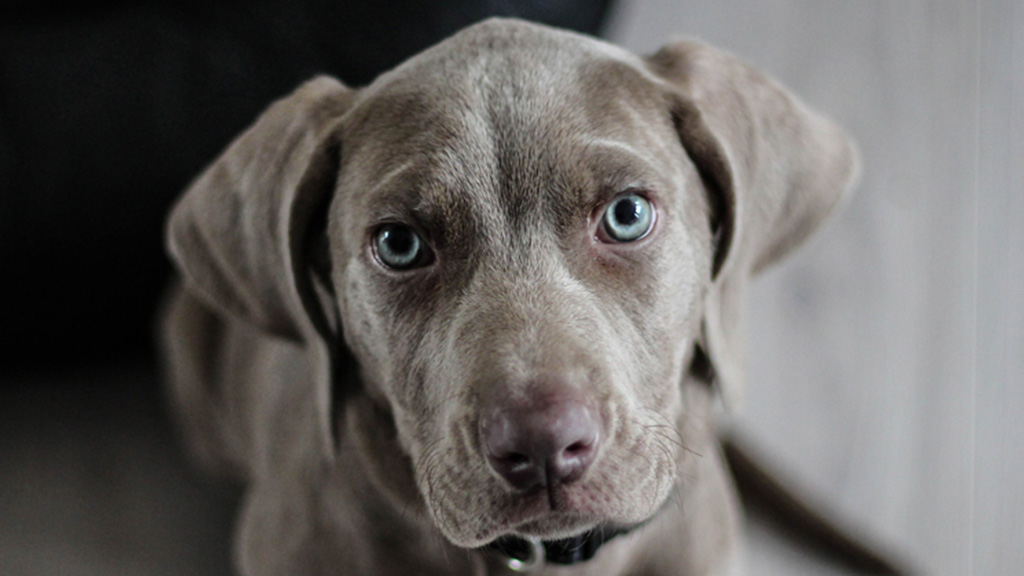
A dog’s emotional range is just as broad as a human’s. Dogs with high EQ are attuned to and in control of their own emotions as well as those of those around them.
Conclusion
Think about your living situation, budget, and activity level before settling on a dog. All dogs, regardless of breed, possess a mix of intuitive intelligence, adaptive intelligence, obedience intelligence, and working intelligence. The golden retriever is a loving breed with a calm disposition, whereas the border collie is energetic and needs a lot of playtime and mental challenges. In the end, it doesn’t matter what kind of dog you choose; they’ll all be devoted and smart.


